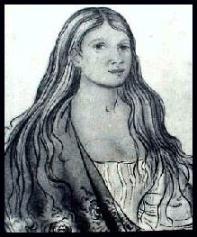 |
| Sunset on the Sangre de Christo Mountains |
In conjunction with the sun’s movement, the Moon also played a big role in marking time for the ancients. The Cherokee Moon Ceremonies were ceremonies practiced by the Ani Yun Wiya, the Cherokee People, in the ancient culture. We observe 12 months in a year, but the Cherokee observed 13 “moons” per year. They considered the number 13 to be very significant. They often referred to “earth” as “turtle island” and were quite aware that there are 13 scales on a turtle’s shell and related the back of the turtle to the moon phases!
The first “New Moon” near the equinox, which would be in March by our calendar, was called Anuyi, meaning “Windy Moon”. During this new moon, the Cherokee celebrated the “Feast of the Deer” as the start of 13 festivities related to food cycles. At the next new moon, strawberries, then “little” corn, watermelon, peaches, mulberries, “great” corn, turkey, bison, bear, ducks, chestnuts, and finally nuts (used in bread). The Windy Moon also signaled the beginning of the planting season and the restarting of the sacred fire. Underneath the Council House in each village was a deep pit where the sacred fire was kept burning year-round. Traditionally, the Sacred Fire would be restarted during this ceremony and the tongue of a deer was sacrificed in the new fire. Then each villager would restart their individual fires with coals from the Sacred Fire. This symbolized fresh beginnings and renewal of life.
The ceremony lasted for seven days and including dancing and consuming fruits from the previous fall harvest to honor the continuation of and renewal of blessings from the earth.
I like the idea of a seven-day holiday! Happy Spring everyone!
